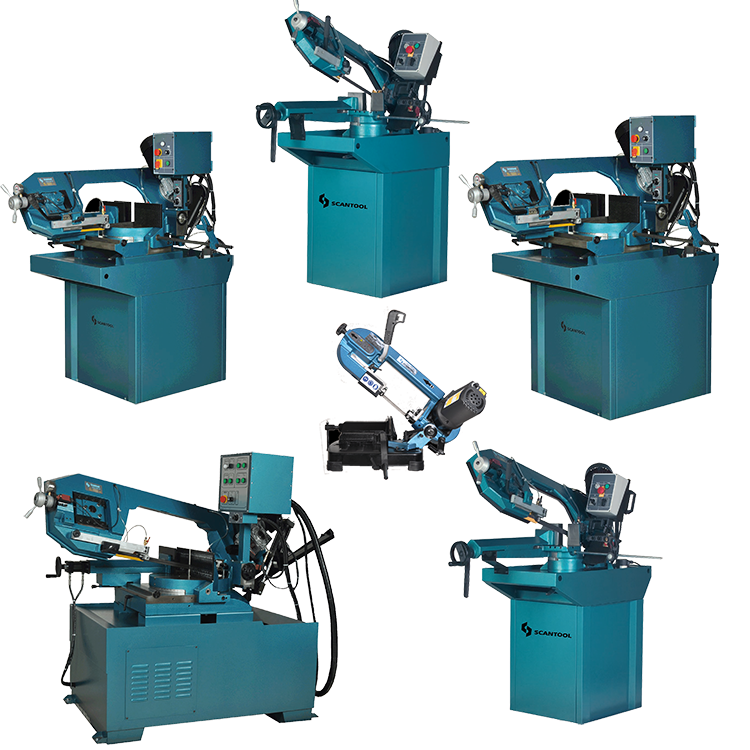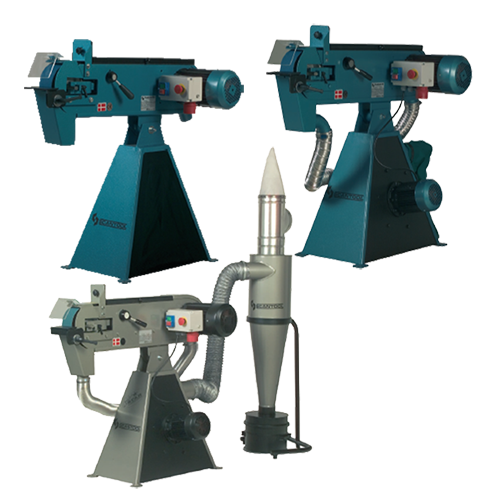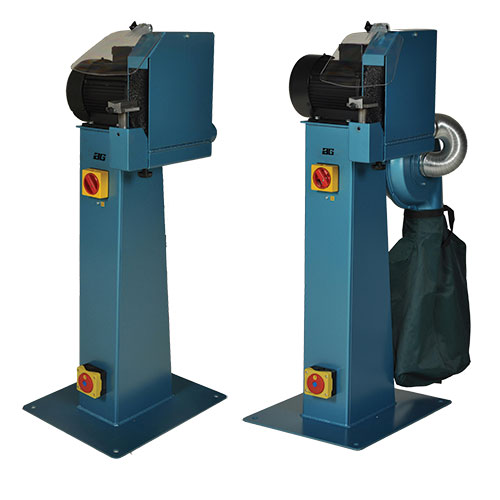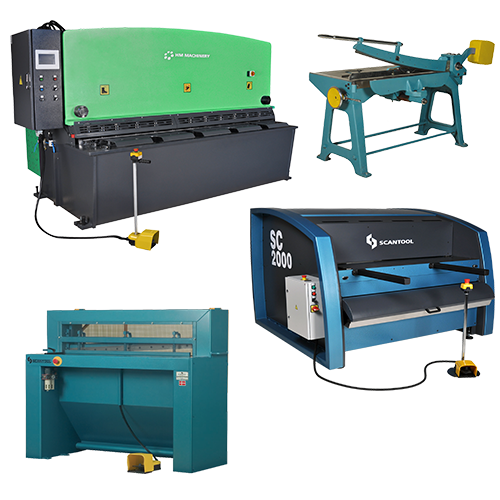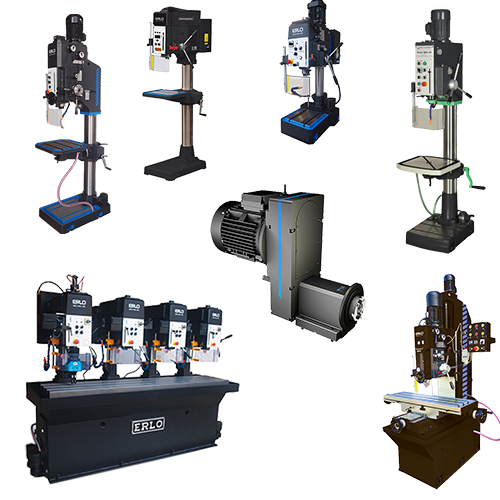Choosing the right pillar drill for your workshop can feel overwhelming with so many options on the market. Pillar drills are essential for precise, vertical drilling and come in various models with features that suit different tasks, materials, and skill levels. Whether you’re outfitting a small home workshop or a large professional setup, understanding what to look for will help you make an informed choice.
In this guide, we’ll explore the essential factors, including drill size, power requirements, speed settings, and additional features, to help you select the best pillar drill for your unique needs.
What Is a Pillar Drill?
A pillar drill, also known as a drill press, is a fixed-style drill ideal for accurate and repetitive drilling tasks. Unlike handheld drills, pillar drills offer greater precision due to their fixed position and adjustable settings. They are available as benchtop models for smaller spaces or as freestanding models for industrial applications, making them versatile for metalworking, woodworking, and other trades.
Why Do You Need a Pillar Drill?
A pillar drill offers unmatched precision, especially for projects that require exact depth, spacing, or angles. Its stability and power make it ideal for tougher materials, including metals, where handheld drills may lack the consistency required. For workshops focused on accuracy, durability, and efficiency, a pillar drill becomes an indispensable tool.
Key Factors in Choosing the Right Pillar Drill
When selecting the best pillar drill for your workshop, consider these key factors: drill size, power requirements, speed settings, and extra features like tilting tables and laser guides.
1. Drill Size: Choosing the Correct Size for Your Workspace
The size of a pillar drill is a primary consideration, and this is determined by the distance between the drill bit and the column. This distance is known as the “throat distance,” which dictates the largest workpiece you can drill from its edge to the centre.
- Benchtop Pillar Drills: Compact and suitable for smaller workspaces, benchtop drills typically have a throat distance of 8-12 inches, which is ideal for home workshops or lighter metalworking tasks.
- Floor-Standing Pillar Drills: For larger workshops or heavy-duty tasks, floor-standing drills offer a throat distance of 15 inches or more. They handle thicker, larger materials efficiently and can provide greater depth range for industrial projects.
Choosing the right pillar drill size depends on your workspace and the size of materials you typically work with.
2. Power Requirements: Matching Power to Your Projects
This is crucial when selecting a pillar drill for metalworking or other demanding tasks. Power is measured in watts or horsepower, with higher power outputs suited for harder materials.
- Home or Light Workshop Use: A motor with 350-500 watts (0.5-0.7 horsepower) is generally sufficient for lighter tasks or softer materials, such as wood or plastic.
- Heavy-Duty or Industrial Use: For workshops focused on metalworking, a motor with 750–1500 watts (1–2 horsepower) provides the additional strength needed for drilling metals or thick materials without strain.
Tip: Always consider the power requirements based on the material and frequency of use, as a higher wattage ensures longevity and consistency.
3. Speed Settings: Adapting Speed for Precision and Material
Most pillar drills come with variable speed settings, which are essential for handling different materials. Metals, for instance, require slower speeds than wood to avoid overheating or damaging the drill bit.
- Low Speed (500-1000 RPM): Ideal for hard materials like steel or cast iron. Slower speeds reduce heat buildup, preserving the drill bit’s integrity.
- High Speed (2000+ RPM): Suitable for softer materials such as wood or plastic. High speeds allow faster drilling, which is beneficial for projects with softer substances.
Adjustable speeds enhance the versatility of your pillar drill, allowing it to handle a variety of tasks. For precision work, look for drills with easy speed adjustment mechanisms.
4. Key Features to Look For in a Pillar Drill
Modern pillar drills come with various additional features, each designed to improve usability and accuracy. Below are some key features to consider:
- Depth Stop: A depth stop allows you to set the exact depth for repetitive drilling, ensuring uniformity, especially in tasks that require multiple holes of the same depth.
- Tilting Table: A tilting table provides flexibility for angled drilling, which can be useful in intricate metalworking tasks where precision is essential.
- Laser Guide: Laser guides help improve drilling accuracy, especially for beginners, by clearly marking the drill point.
- Variable Speed Control: Look for pillar drills with easy-to-adjust speed controls, which help adapt the drill’s performance to different materials.
- Safety Features: Safety measures like overload protection, spindle guards, and an emergency stop button ensure a safer working environment.
These features make your pillar drill more adaptable to different projects and reduce the margin for error.
5. Considering the Build Quality and Materials
The durability of a pillar drill largely depends on the quality of its build. For metalworking applications, look for pillar drills made from heavy-duty cast iron or steel, which offer stability and vibration reduction.
- Cast Iron or Steel Frames: These materials provide a stable base, reducing vibration and increasing accuracy.
- Solid Construction: High-quality materials increase the drill’s lifespan, especially when used frequently for heavy-duty projects.
Opting for a high-quality build ensures the pillar drill withstands regular use and provides a greater return on investment.
6. Maintenance Requirements for Longevity
Regular maintenance helps extend the life of your pillar drill and ensures it operates efficiently. Here are some simple maintenance tips to keep in mind:
- Lubricate Moving Parts: Regularly lubricate the drill’s moving parts to reduce friction and prevent wear.
- Check for Belt Wear: Inspect the belt for signs of wear and replace it as needed. A well-maintained belt helps maintain power consistency.
- Clean the Work Area: Metal shavings and debris can accumulate over time. Clean the drill and surrounding area to prevent build-up that could affect performance.
Proper maintenance not only prolongs the life of your drill but also ensures a safe and efficient working environment.
FAQs About Choosing a Pillar Drill
What size pillar drill is best for a small workshop?
For smaller workshops, a benchtop pillar drill with a throat distance of 8-12 inches is usually sufficient. These compact models fit on workbenches and provide enough power for lighter tasks.
Can a pillar drill be used for both wood and metal?
Yes, many pillar drills are versatile enough for both wood and metal. However, be sure to adjust the speed settings to match the material, as wood requires higher speeds and metal lower speeds to avoid overheating.
How much power is needed in a pillar drill for metalworking?
For metalworking, aim for a motor with 750–1500 watts (1-2 horsepower) to handle the denser material effectively without straining the machine.
What safety features should I look for in a pillar drill?
Look for features like a spindle guard, emergency stop button, and overload protection. These features enhance operator safety and reduce the risk of accidents.
How often should I maintain my pillar drill?
Maintenance should be done regularly, including lubricating moving parts, checking for belt wear, and cleaning the drill area. A well-maintained drill performs more reliably and lasts longer.
Conclusion: Making an Informed Choice for Your Workshop Needs
Choosing the right pillar drill for your workshop involves understanding your specific needs and the drill’s capabilities. Whether you’re a hobbyist or a professional, selecting the right drill size, power, and features ensures you get the most from your investment.
Remember, a well-chosen pillar drill enhances efficiency, accuracy, and safety, making it a valuable addition to any workshop. By considering the points in this guide, you’ll be well-prepared to choose a pillar drill that matches your needs, providing reliable service for years to come.


